Đến nay, cả những người ủng hộ và từng nghi ngờ đều đồng ý rằng, ASEAN hiện đóng vai trò ngày càng quan trọng trong chuỗi cung ứng toàn cầu.
 |
| Việt Nam là điểm đến ưu tiên hàng đầu trong bối cảnh ASEAN đang tăng cường vị thế trong chuỗi cung ứng toàn cầu. Ảnh minh họa. (Nguồn: Báo Công thương) |
ASEAN là một trong những khu vực tăng trưởng nhanh nhất thế giới vào năm 2022. Năm 2023, tăng trưởng kinh tế thế giới tuột dốc xuống 3,1%, nhưng tăng trưởng của ASEAN vẫn đạt 4,7%, theo số liệu của Ngân hàng Phát triển châu Á (ADB). Hậu đại dịch Covid-19, giữa bối cảnh bất định của thế giới, bức tranh kinh tế các nước Đông Nam Á tiếp tục ghi nhận những tín hiệu tích cực, các nền kinh tế ASEAN vẫn là điểm đến hấp dẫn các nhà đầu tư quốc tế.
Kết nối và tự cường
Trong năm 2024, tăng trưởng kinh tế của khu vực ASEAN vẫn được dự báo rất tích cực, đặc biệt ở một số thị trường tiêu dùng lớn ở Đông Nam Á như Indonesia, Philippines, Việt Nam và Malaysia, nhờ nhu cầu ổn định và hoạt động xuất khẩu hàng hóa và dịch vụ được cải thiện. Dự kiến, xuất khẩu hàng hóa sẽ tăng dần, sau khi xuất khẩu ở nhiều quốc gia công nghiệp châu Á sụt giảm đáng kể trong năm 2023, do sự suy yếu ở các thị trường tiêu dùng trọng điểm.
Tại nơi được coi là khu vực phát triển nhanh nhất thế giới, các nền kinh tế thành viên ASEAN như Singapore, Malaysia, Thái Lan, Indonesia, Việt Nam thường cung cấp các lựa chọn thay thế tốt nhất - trong bối cảnh gia tăng “cuộc chiến” thương mại Mỹ - Trung Quốc; các công ty đa quốc gia muốn đa dạng hóa chuỗi cung ứng sản xuất, hướng tới các địa điểm sản xuất rẻ hơn với mức lương cạnh tranh.
Gần đây nhất, báo cáo Triển vọng Đông Nam Á 2024-2034 (công bố ngày 1/8) còn dự báo, Đông Nam Á có thể vượt Trung Quốc về tốc độ tăng trưởng và đầu tư trực tiếp nước ngoài (FDI) trong 10 năm tới, nhờ lợi thế nội khối và sự chuyển dịch của chuỗi cung ứng toàn cầu.
Tuy nhiên, trên thực tế, môi trường chiến lược mà ASEAN đang hoạt động đã thay đổi đáng kể so với 10 hoặc 15 năm trước. Cạnh tranh thương mại giữa các nước lớn, đại dịch Covid-19, chiến tranh và vấn đề an ninh ở các khu vực quan trọng của thế giới, cũng như cách các quốc gia ứng phó với nền kinh tế toàn cầu ngày càng phân mảnh, đều dẫn đến sự gián đoạn liên tục trong chuỗi cung ứng toàn cầu.
“Động lực kép”
Chương trình nghị sự về hội nhập kinh tế trong ASEAN dựa trên ba “nền tảng” cơ bản là Hiệp định thương mại hàng hóa ASEAN, Hiệp định thương mại dịch vụ ASEAN và Hiệp định đầu tư toàn diện ASEAN, liên tục được tinh chỉnh và cải thiện theo thời gian, nhằm tạo điều kiện thuận lợi cho việc hiện thực hóa tất cả các thỏa thuận kinh tế trong khối. Nhưng để thúc đẩy hơn nữa sự phát triển kinh tế khu vực, ASEAN vẫn đang hoàn thiện các chương trình làm việc theo Kế hoạch tổng thể về kết nối ASEAN 2025 - tập trung cải thiện kết nối vật lý, thể chế và con người với con người, thông qua các dự án cơ sở hạ tầng, điều hòa chính sách và phát triển nguồn nhân lực…
Năm 2024, các nước thành viên thông qua 14 sáng kiến ưu tiên hợp tác kinh tế (PED) do Lào đưa ra trong vai trò Chủ tịch luân phiên ASEAN 2024, dưới chủ đề “ASEAN: Thúc đẩy kết nối và tự cường”. Các sáng kiến ưu tiên hợp tác trên lĩnh vực kinh tế tập trung vào ba định hướng chính: Hồi phục và kết nối các nền kinh tế; kiến tạo tương lai bao trùm và bền vững; và chuyển đổi hướng đến tương lai số.
Các PED của năm 2024 được giới phân tích nhận định, vừa bao gồm các nội dung mang tính kế thừa, tiếp nối thành quả của ASEAN trong năm 2023, vừa tính đến các nội dung, vấn đề mới. Đáng chú ý, nhiều lĩnh vực trong thương mại và một số lĩnh vực khác đã được thống nhất trong các ưu tiên thường niên năm 2024 như: thương mại hàng hóa, tạo thuận lợi thương mại, hải quan, thương mại dịch vụ và di chuyển thể nhân, đầu tư tài chính, cạnh tranh, sở hữu trí tuệ, thương mại điện tử; doanh nghiệp siêu nhỏ, nhỏ và vừa…
Theo Bernama, hãng thông tấn quốc gia Malaysia, phát biểu tại hội nghị “Tầm nhìn 2045: Kỷ nguyên ASEAN” tại Malaysia ngày 6/8, Phó Tổng thư ký ASEAN phụ trách Cộng đồng Kinh tế ASEAN (AEC) Satvinder Singh đưa ra nhận định, ASEAN đang tiến tới trở thành nền kinh tế lớn thứ tư thế giới vào năm 2030, từ vị trí thứ năm ở thời điểm hiện tại, với môi trường kinh tế vĩ mô đạt những tiến bộ quan trọng. GDP đã tăng vọt 51% đạt 3.800 tỷ USD vào năm 2023 so với 2.500 tỷ USD năm 2015.
Phó Tổng thư ký Singh cho rằng, nhận định trên càng được củng cố hơn nữa nhờ giao dịch thương mại khu vực tăng lên 3.500 tỷ USD vào năm 2023 từ mức 2.300 tỷ USD vào năm 2015, giúp tăng đáng kể thu nhập bình quân đầu người. Điều này phản ánh cam kết bền bỉ của ASEAN trong việc trở thành một khu vực kinh tế mở cho thương mại và đầu tư toàn cầu, vốn đã được cải thiện đáng kể.
Ngoài ra, điều quan trọng là ASEAN đang nằm trong số rất ít khu vực trên thế giới có giao dịch thương mại gần bằng GDP. Giá trị giao dịch thương mại lớn nhất không phải là trao đổi thương mại giữa ASEAN với các cường quốc kinh tế như Trung Quốc hay Mỹ, mà là thương mại nội khối, đạt khoảng 800.000 tỷ USD.
Hãng Bernama dẫn phân tích của ông Singh cho rằng, ASEAN đã “tăng tốc” để trở thành khu vực thương mại lớn nhất trên thế giới, cũng như đẩy mạnh giao dịch với khu vực khác và các đối tác lớn, như Trung Quốc, Nhật Bản, Hàn Quốc, Ấn Độ, Australia và New Zealand. Đây là sự độc đáo của các nền kinh tế ASEAN, không giống EU hay Khu vực thương mại tự do Bắc Mỹ (NAFTA) - hầu hết các quốc gia đều giao thương với nhau chứ không phải với các khu vực khác.
Trên con đường thúc đẩy tăng trưởng kinh tế và hội nhập, điểm hấp dẫn của ASEAN hiện nay là cập nhật chuyển đổi các công nghệ tiên tiến, như 5G, trí tuệ nhân tạo, Internet vạn vật… Theo một số dự báo, trong những năm tới, chuỗi cung ứng toàn cầu của các công ty có lượng khí thải carbon thấp và các hoạt động có giá trị cao nhiều khả năng sẽ nằm ở các nước ASEAN. Một số ngành sẽ chứng kiến sự tăng trưởng đáng kể, bao gồm chất bán dẫn, nông nghiệp, thiết bị dữ liệu cũng như khoáng sản và các ngành công nghiệp kim loại.
Đánh giá sức hút của ASEAN khi chuỗi cung ứng toàn cầu thay đổi, Báo cáo của Ngân hàng OCBC (Singapore) cho rằng, xu hướng chuyển đổi hướng đầu tư là do sự đa dạng hóa mạng lưới cung ứng khu vực và toàn cầu. Nhưng những cải cách mạnh mẽ và môi trường vĩ mô đáng khích lệ trong khu vực đang làm tăng vị thế của ASEAN như một địa điểm đầu tư hấp dẫn. Các dòng vốn FDI vào ASEAN tăng lên 236 tỷ USD vào năm 2023, tăng 24% so với mức trung bình hàng năm là 190 tỷ USD (giai đoạn 2020-2022). “Động lực kép” - FDI tăng và sự dịch chuyển chuỗi cung ứng sản xuất sẽ tiếp tục tạo đòn bẩy cho Đông Nam Á trong quá trình phục hồi thương mại toàn cầu.
Nguồn: https://baoquocte.vn/asean-tang-toc-trong-chuoi-cung-ung-toan-cau-281921.html



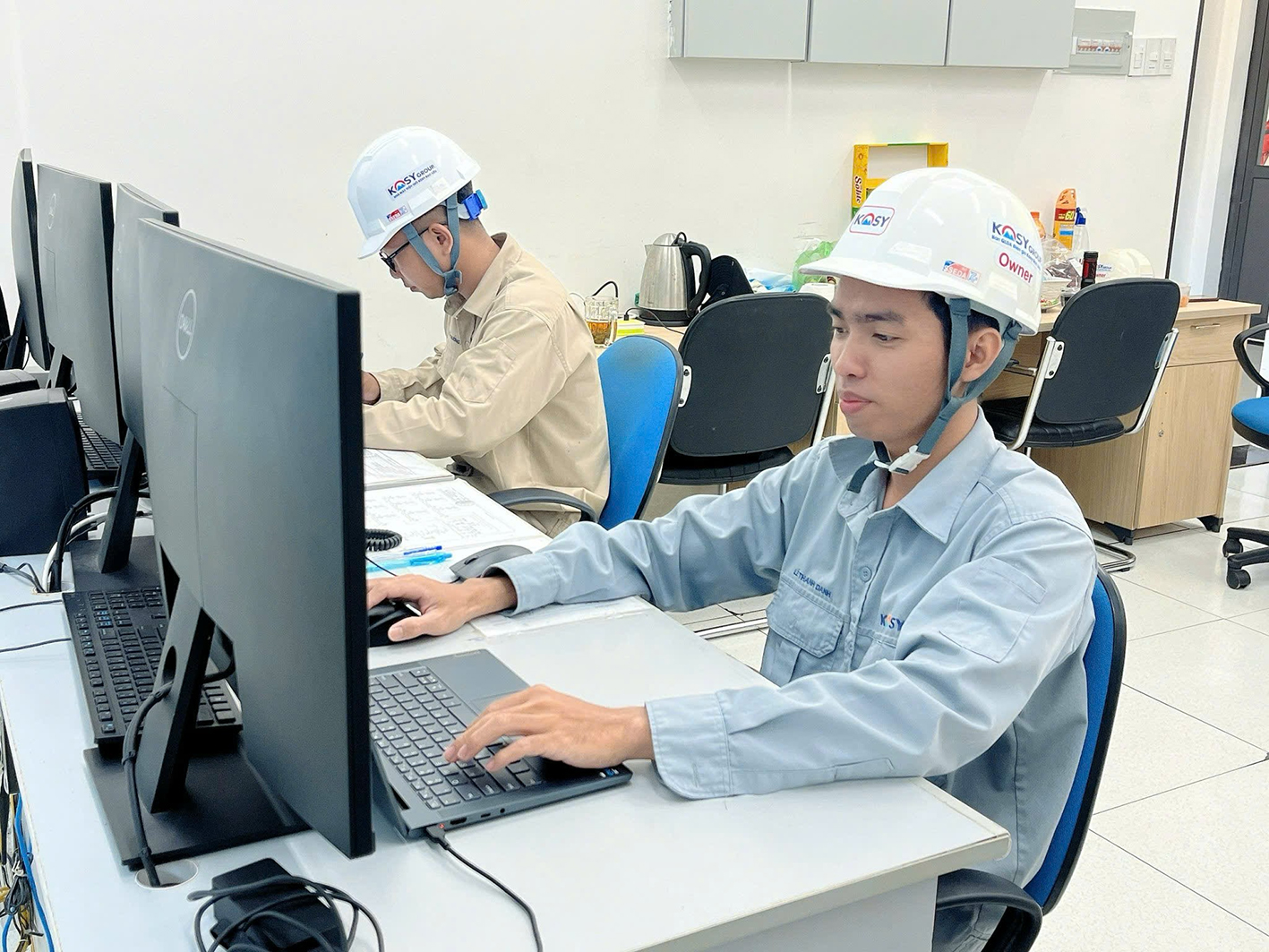

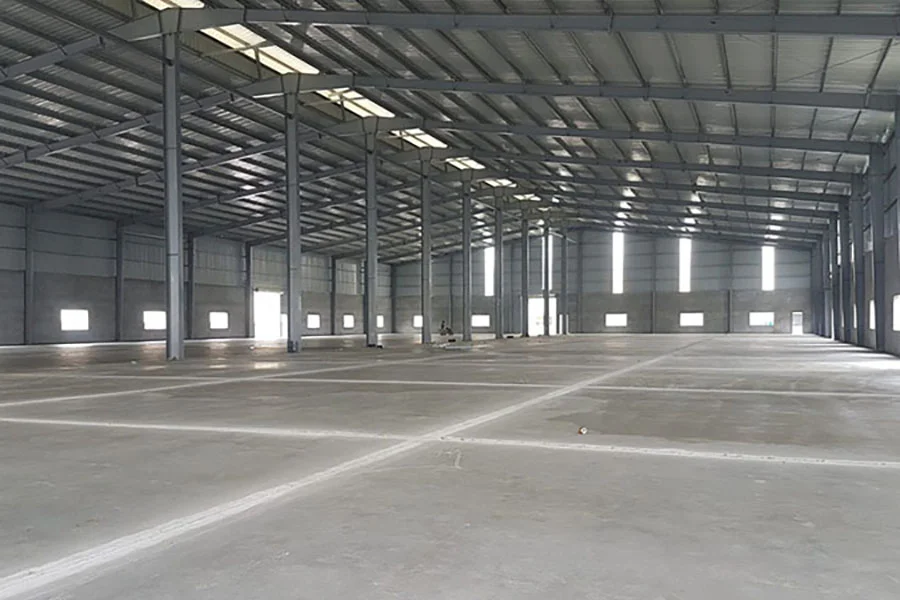
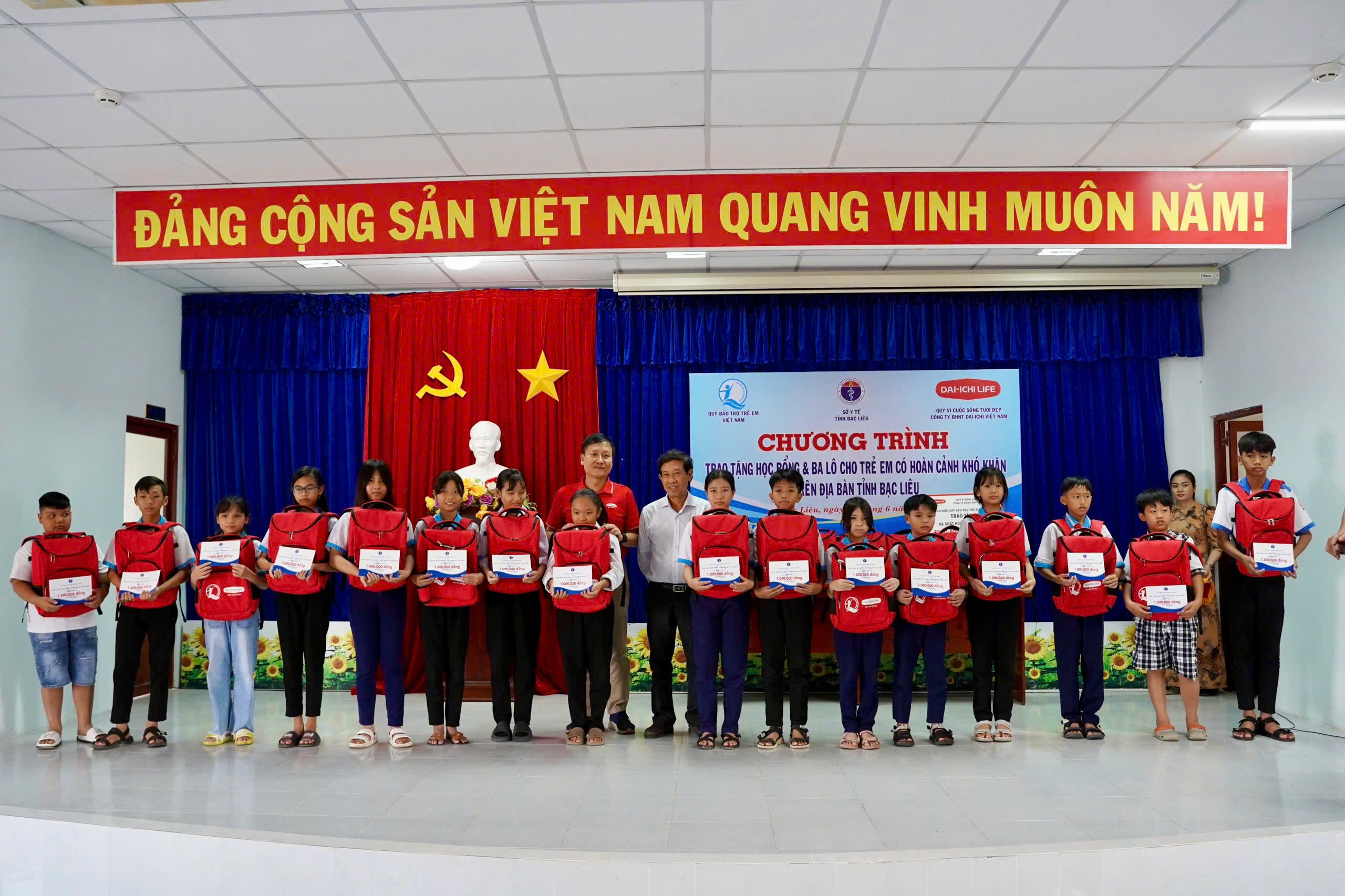

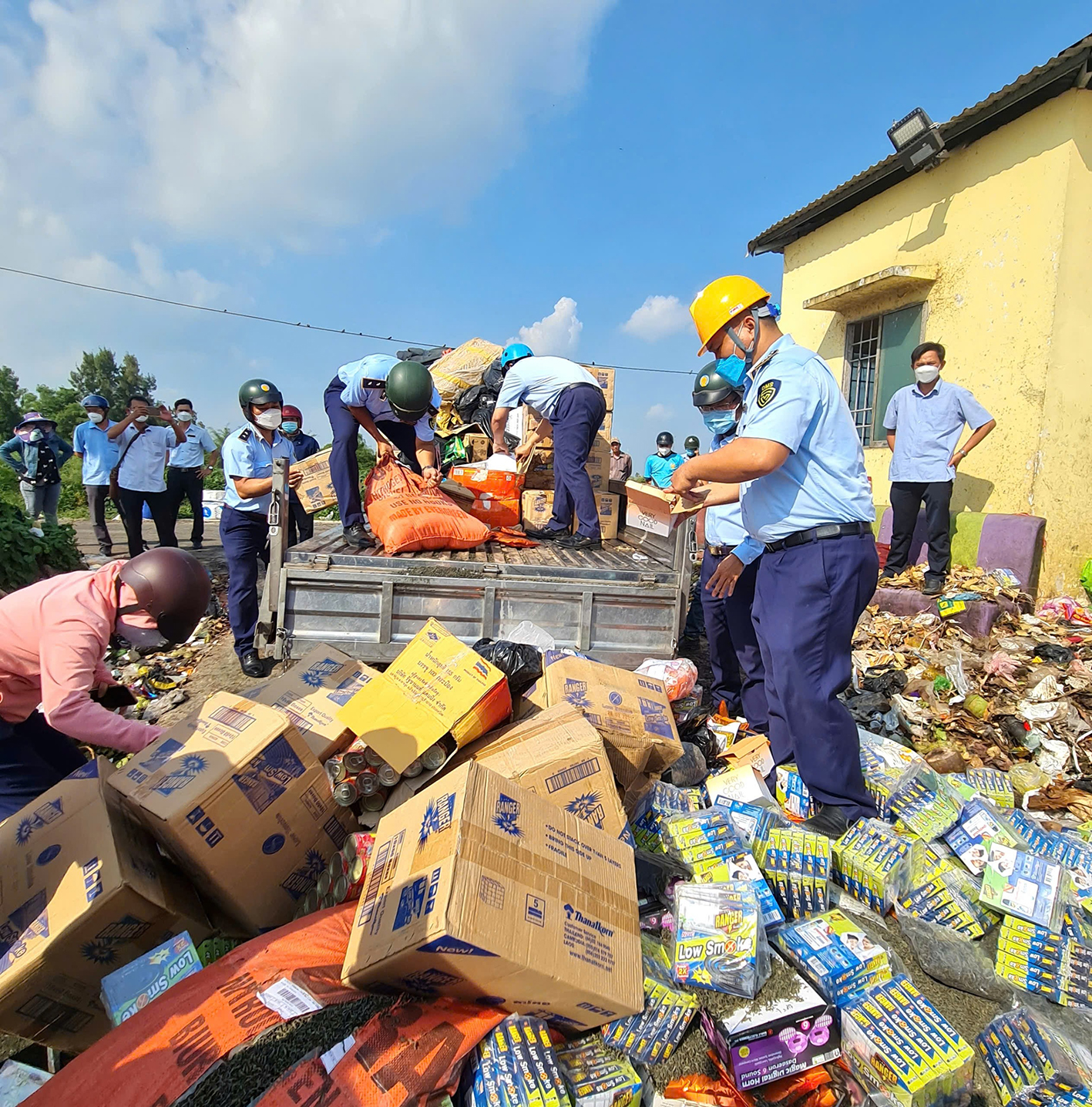

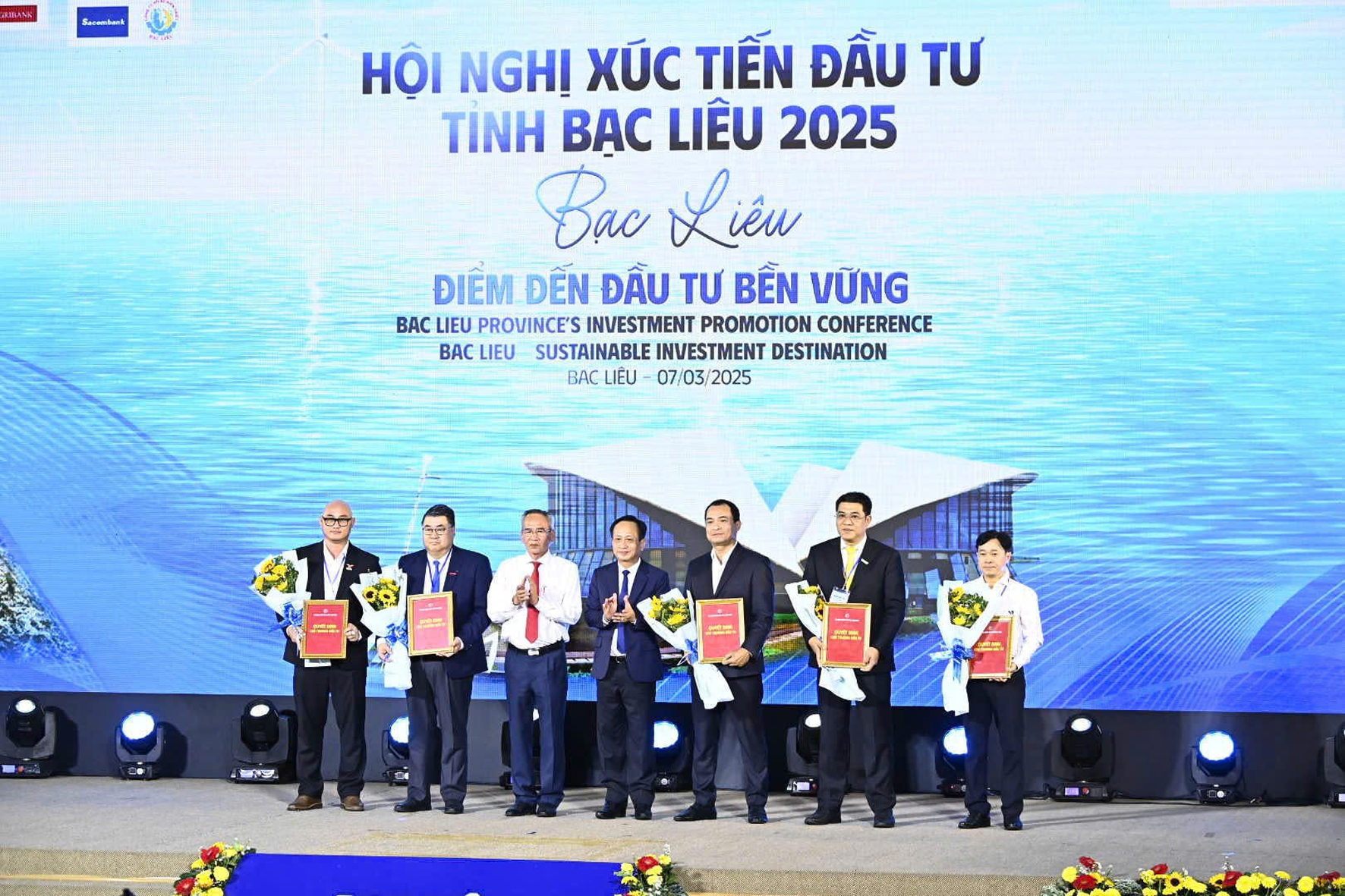












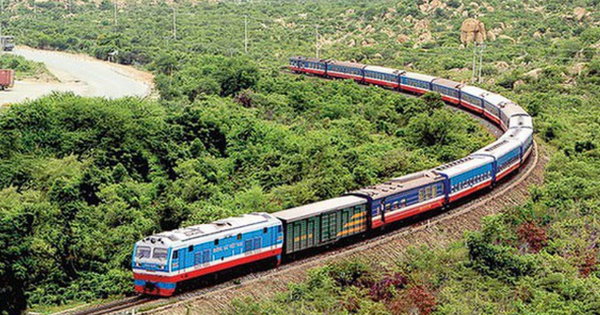
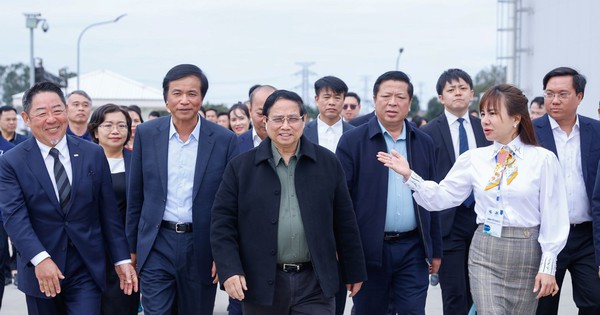



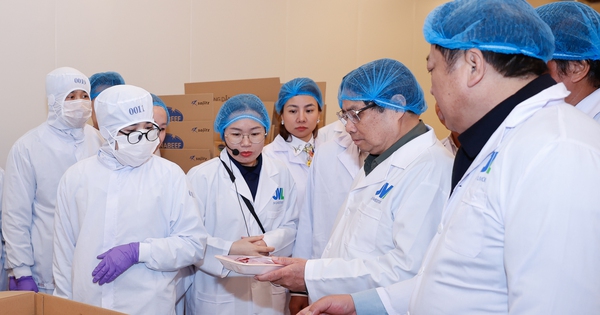

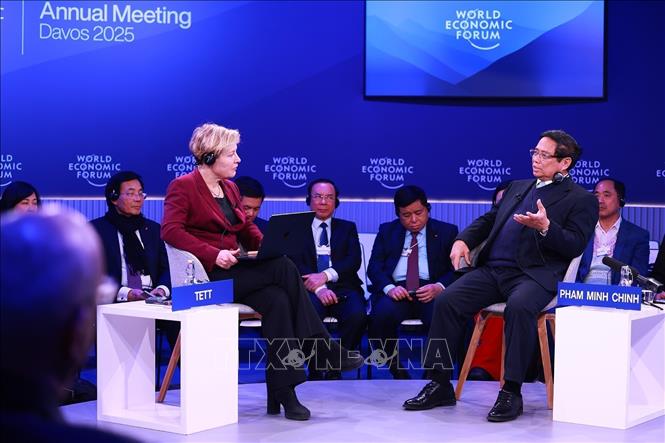

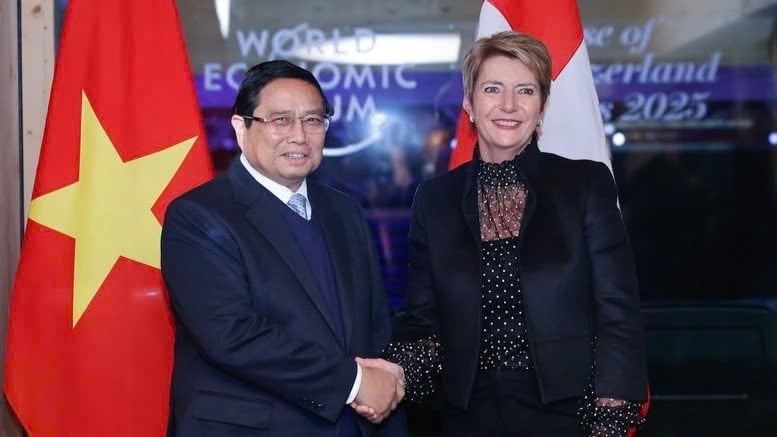
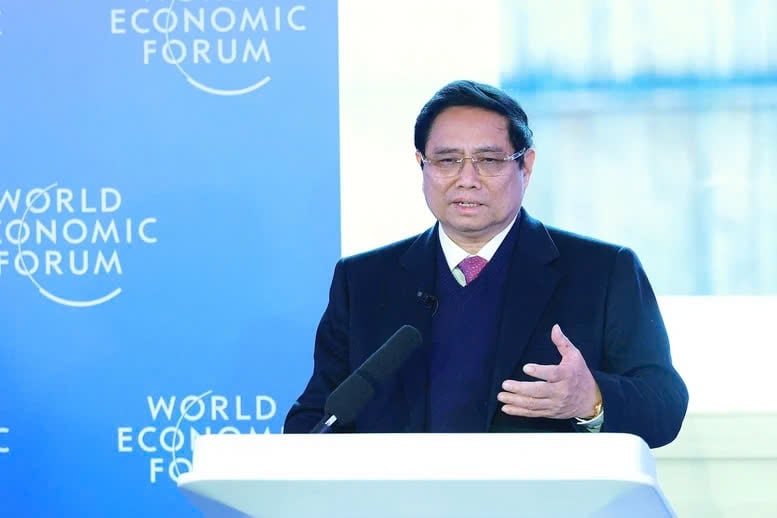
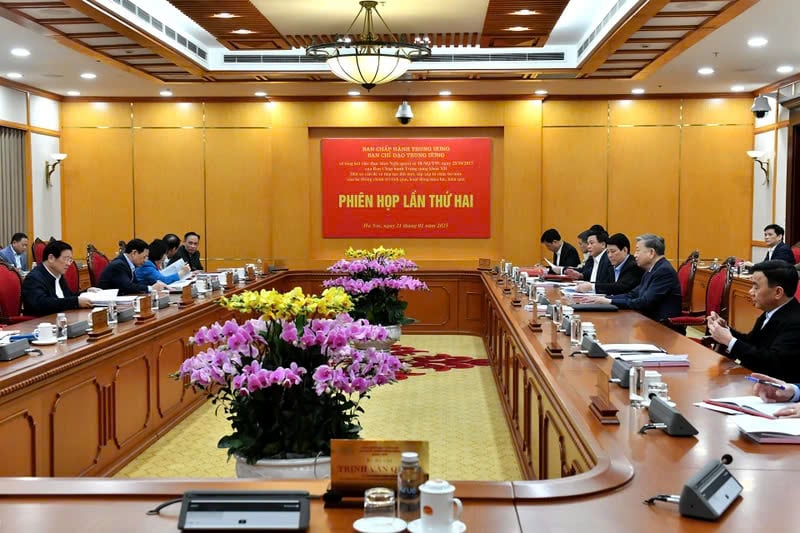





Comment (0)